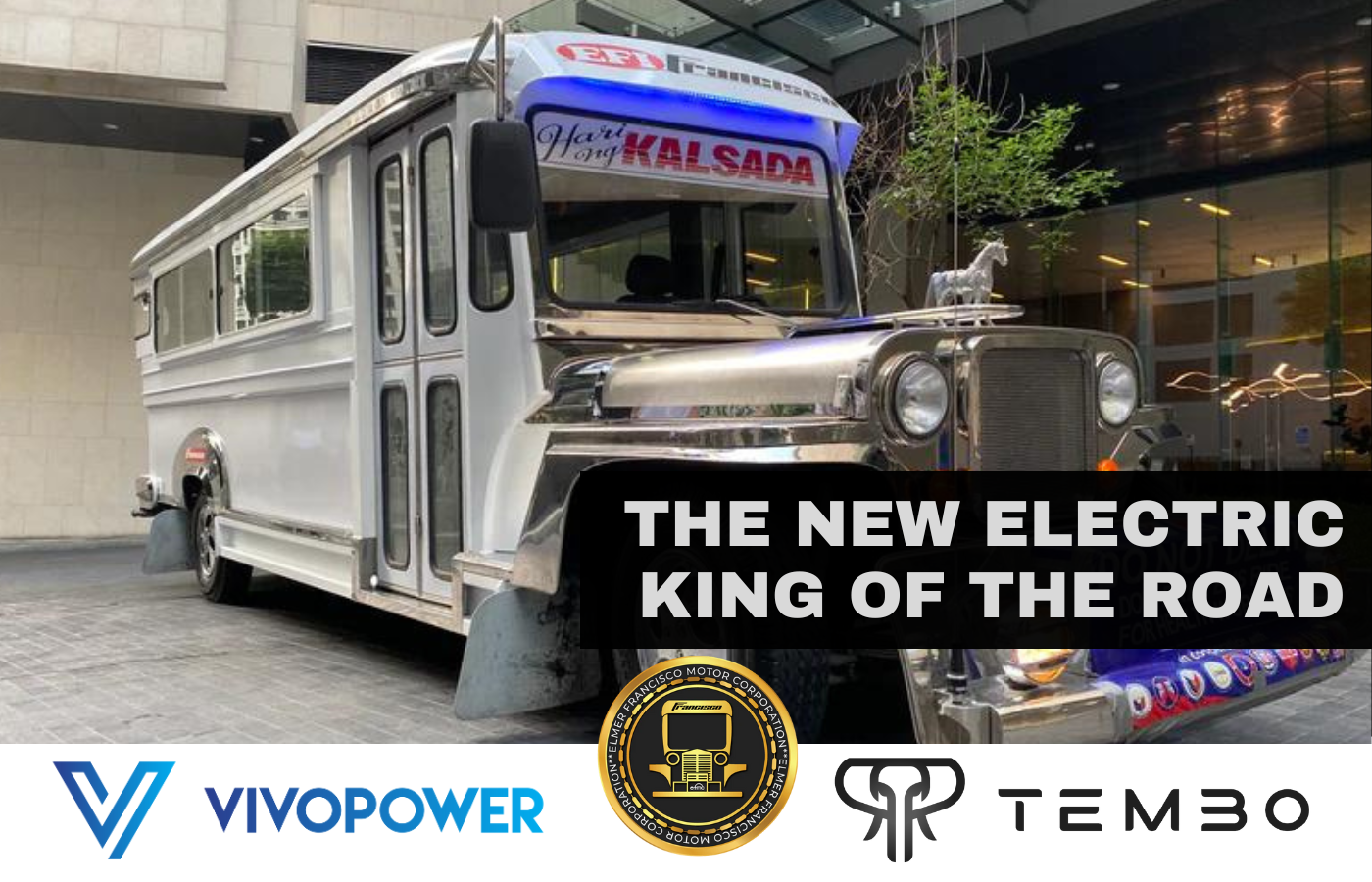Exactly How Transit Marketing Can Change Public Transport Spaces Into Dynamic Marketing Operatings Systems
Transportation marketing holds significant possibility to redefine public transport spaces right into vivid advertising and marketing platforms that notify and engage. As we explore the multifaceted advantages and evolving methods of transportation marketing, it raises the concern of how this change could redefine our interactions with both brand names and the city atmosphere.
Benefits of Transit Advertising And Marketing

In addition, transit advertising and marketing is extremely affordable compared to standard media. It allows marketers to achieve high perceptions at reduced expenses, taking full advantage of return on investment. The captive target market of commuters supplies an opportunity for brands to communicate their messages to individuals who are often responsive during their travel times.
In addition, the dynamic nature of transportation marketing permits campaigns to be upgraded frequently, making certain that messaging remains prompt and relevant. This versatility can be critical in replying to market patterns or advertising events, keeping the brand top-of-mind for customers. Last but not least, the prevalent presence of transit advertising and marketing adds to brand recall; repeated exposure within acquainted traveling contexts enhances brand name awareness and fosters consumer commitment, inevitably driving sales and enhancing brand name online reputation.
Types of Transit Marketing
Public transport systems provide different styles for marketing, each accommodating different advertising approaches and audience engagement methods. One noticeable kind is external bus and train wraps, which cover the entire car and produce a mobile signboard impact, enabling high exposure in metropolitan atmospheres. These wraps can catch attention as they traverse busy streets, reaching a varied target market.
Another popular format is interior advertising, that includes posters, electronic screens, and ads on transportation seats. These positionings engage passengers during their trip, enhancing brand name messaging in a restricted area. Digital shows, specifically, use the benefit of vibrant web content, allowing advertisers to update messages in real-time.
Station advertising and marketing is additionally considerable, including posters, banners, and interactive stands within transit stations. These advertisements leverage foot traffic and can target certain demographics based upon area.
Last but not least, marketing collaborations with transit authorities can bring about unique projects, such as themed transportation experiences or occasions, improving the total involvement with commuters. Each type of transportation marketing uses unique advantages, allowing brands to tailor their method to successfully reach their target audience within the public transportation environment.
Involving Commuters Efficiently
Commuters are increasingly inundated with marketing messages during their day-to-day journeys, making it important for brands to engage them in ingenious means. To capture focus in this congested space, advertisers have to prioritize imagination and significance. Using distinctive visuals and succinct messaging can considerably improve the chance of interaction.
Interactive elements, such as QR codes or increased fact features, can click this link likewise transform static ads right into immersive experiences, promoting a much deeper link with the target market. Brand names should focus on resolving travelers' needs and interests, tailoring messages to resonate with their way of life, whether with promos for regional organizations or services designed to enhance their commuting experience.
Moreover, timing Find Out More plays a vital duty; purposefully placing ads during height travelling hours can take full advantage of visibility and effect. Involving travelers properly additionally involves leveraging social media assimilation, enabling guests to share their experiences or promotions straight from transit platforms, consequently amplifying brand reach.
In significance, effective interaction pivots on comprehending the commuter journey and developing engaging, interactive, and relevant marketing experiences that not just capture attention yet also drive activity and commitment. By doing so, brand names can transform public transport into a vibrant marketing platform that resonates with its audience.

Measuring Advertising Impact
Just how can brand names precisely analyze the efficiency of their advertising and marketing projects in transit atmospheres? Measuring the influence of transit advertising and marketing needs a multifaceted strategy that integrates qualitative and measurable metrics. One common method is tracking interaction through mobile analytics, where brands can analyze foot web traffic patterns and application interactions in the past, during, and after projects.
Surveys can supply important understandings into brand name recall and consumer view, allowing brand names to determine exactly how well their messages reverberate with commuters. Additionally, keeping track of social media involvement pertaining to certain projects can reveal shifts in public assumption and brand conversation.

Additionally, teaming up with transit agencies can improve dimension accuracy, as they commonly have comprehensive group information on ridership trends. By incorporating these methodologies, brand names can establish a comprehensive understanding of their marketing performance, ensuring that their projects not only get to but likewise influence their target market efficiently.
Future Patterns en route Advertising
A substantial change is prepared for in transit marketing as technical innovations and altering customer behaviors improve the landscape. Transit Advertising Philippines. The assimilation of interactive media and electronic displays is anticipated to boost engagement, allowing brand names to supply dynamic material that resonates with varied target markets. As mass transit systems embrace clever modern technology, advertisers will utilize real-time data analytics to tailor messages based upon traveler demographics and behaviors
Moreover, boosted truth (AR) is positioned to change the method commuters connect with ads. By providing immersive experiences, AR can change a mundane trip into an engaging story that captures focus and promotes brand name commitment. This innovation will likely urge advertisers to develop more experiential projects that drive consumer communication.
Sustainability is another critical fad influencing transportation marketing. As environmental consciousness expands, brands will significantly seek to align with green methods, making use of sustainable products and promoting green efforts within their projects.
Final Thought
To conclude, transit advertising and marketing see here now provides substantial advantages by boosting brand presence and involving a restricted audience. With numerous formats, such as outside covers and digital screens, it changes public transportation into a lively advertising and marketing platform. Efficient involvement techniques and durable dimension techniques additionally intensify its impact. As patterns advance, the capacity for cutting-edge interactions between travelers and brand names is positioned to grow, ensuring that transit marketing continues to be an essential component of contemporary advertising approaches.
Transit advertising holds significant potential to redefine public transportation spaces right into vibrant advertising platforms that educate and involve. The prevalent visibility of transportation advertising and marketing adds to brand name recall; repeated direct exposure within acquainted travel contexts reinforces brand name recognition and fosters customer commitment, eventually driving sales and enhancing brand credibility.
Exactly how can brands accurately analyze the performance of their marketing campaigns in transit atmospheres?In conclusion, transportation marketing offers significant advantages by boosting brand name visibility and engaging a captive audience. Transit Advertising Philippines. As fads advance, the potential for innovative communications between commuters and brands is positioned to expand, making sure that transit advertising and marketing remains a vital part of modern marketing approaches